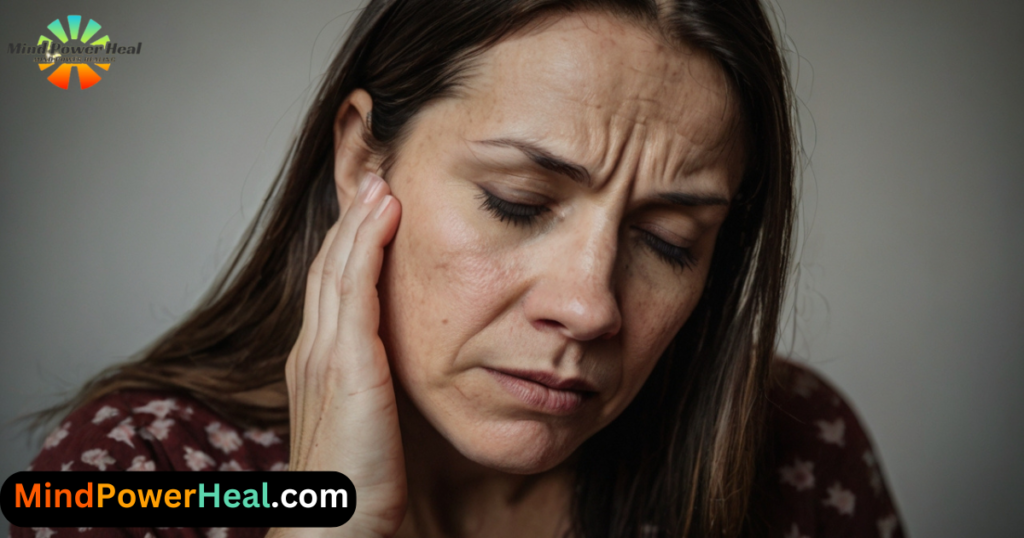Lorazepam, a benzodiazepine, is commonly prescribed to manage anxiety disorders. Understanding when to take lorazepam for anxiety is essential to maximize its benefits while minimizing potential side effects. This guide will provide detailed information on its use, examples, a comparison with alternative medications, and insights into mind power healing as a preferred approach.

When to Take Lorazepam for Anxiety?
Lorazepam is a medication commonly prescribed for the short-term relief of severe anxiety symptoms. This benzodiazepine works by enhancing the activity of neurotransmitters in the brain, producing a calming effect. It is most effective when taken during acute anxiety episodes or before anticipated anxiety-provoking situations, such as public speaking, flying, or significant life events that might trigger anxiety.
Acute Anxiety Episodes:
In moments of intense anxiety or panic attacks, lorazepam can quickly alleviate symptoms such as rapid heartbeat, chest pain, and overwhelming fear. This makes it a go-to medication for those who experience sudden, severe bouts of anxiety that are debilitating and require immediate intervention.
Anticipated Anxiety-Provoking Situations:
For individuals who suffer from performance anxiety, social anxiety, or specific phobias, lorazepam can be taken prophylactically. For example, taking lorazepam an hour before a public speaking event can help manage the anxiety, enabling the person to perform confidently without the debilitating effects of anxiety.
Due to its potential for dependence and tolerance, lorazepam is generally used for a limited duration under strict medical supervision. Prolonged use can lead to physical and psychological dependence, making it crucial to follow a doctor’s instructions precisely. Physicians often prescribe lorazepam as part of a broader treatment plan that includes other therapies and lifestyle changes to address the underlying causes of anxiety.

Examples:
Acute Panic Attack:
Sarah experiences sudden panic attacks that include chest pain, rapid heartbeat, and intense fear. Her doctor prescribes lorazepam to take during these episodes to quickly alleviate her symptoms.
Anticipatory Anxiety:
John has severe anxiety before public speaking engagements. His physician recommends taking lorazepam an hour before his presentations to help him stay calm and focused.
Comparison Table: Lorazepam vs. Alternative Anxiety Medications
| Medication | Class | Common Uses | Side Effects | Dependency Potential |
|---|---|---|---|---|
| Lorazepam | Benzodiazepine | Acute anxiety, panic attacks | Drowsiness, dizziness, fatigue, dependence | High |
| Sertraline | SSRI | Generalized Anxiety Disorder, depression | Nausea, insomnia, sexual dysfunction, weight gain | Low |
| Buspirone | Anxiolytic | Generalized Anxiety Disorder | Dizziness, headache, nausea | Low |
| Clonazepam | Benzodiazepine | Panic disorder, seizure disorders | Drowsiness, dizziness, dependence | High |
| Propranolol | Beta-blocker | Performance anxiety, hypertension | Fatigue, dizziness, bradycardia | Low |
Why Prefer Mind Power Healing Over Medicines?

Mind power healing offers a holistic approach to managing anxiety without the side effects and dependency risks associated with medications or focusing on When to Take Lorazepam for Anxiety? Techniques such as mindfulness, meditation, and positive affirmations harness the natural power of the mind to promote emotional resilience and long-term well-being. Unlike pharmaceuticals, mind power healing addresses the root causes of anxiety and equips individuals with sustainable coping strategies.
Conclusion:
As a Final remarks for When to Take Lorazepam for Anxiety? I want to conclude while lorazepam and other medications can provide immediate relief for anxiety symptoms, they come with potential side effects and risks of dependency. Mind power healing, with its holistic and sustainable approach, empowers individuals to overcome anxiety from within, promoting lasting peace and resilience. Embrace the power of your mind and discover a healthier, drug-free path to managing anxiety.

Google Suggested Questions and Answers
How long does lorazepam take to work for anxiety?
Lorazepam typically begins to work within 20-30 minutes after ingestion, with peak effects occurring in about 1-1.5 hours. Its calming effects can last for 6-8 hours.
Can lorazepam be taken daily for anxiety?
Lorazepam is generally not recommended for daily use due to the risk of tolerance, dependence, and withdrawal symptoms. It is best used for short-term relief or occasional use under a doctor’s supervision.

What are the long-term effects of taking lorazepam?
Long-term use of lorazepam can lead to dependence, tolerance, cognitive impairment, and withdrawal symptoms upon discontinuation. It is important to follow medical advice and use it only as prescribed.
Are there natural alternatives to lorazepam for anxiety?
Yes, natural alternatives include herbal supplements like valerian root, kava, and passionflower, as well as lifestyle practices such as exercise, meditation, and mindfulness.
How does lorazepam compare to other benzodiazepines?
Lorazepam is similar to other benzodiazepines like clonazepam and diazepam, but it has a shorter half-life and is often preferred for acute anxiety due to its quick onset of action.



